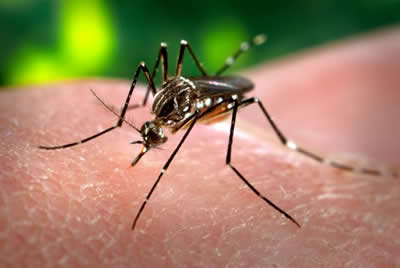
Throughout the tropical Americas, the size, frequency and severity of DENV outbreaks have increased steadily since the early 1980s. Official reports based on data from health institutions generally underestimate the true number of Dengue virus (DENV) infections due to a large proportion of asymptomatic and mild cases. In Trinidad and Tobago this discrepancy is amplified by slow and inefficient reporting systems. Additionally, local diagnostic services are subject to very variable levels of regulatory and quality control, and rely heavily on less sensitive and specific rapid diagnostic tests. It is therefore highly likely that DENV cases are both being missed and misdiagnosed.
In addition to the immediate impact of inaccurate diagnosis on individual patients, inaccurate or uncertain data on the incidence and distribution of DENV cases negatively impacts population level prevention and control efforts, as accurate and timely information on the spatial and temporal distribution of dengue cases is critical for efficient and effective targeting of public health interventions.
We aim to address these issues and facilitate improved DENV diagnostics and surveillance systems by using highly sensitive and specific molecular tools to determine the rate of DENV infection among suspected dengue cases and also identify viruses associated with those cases that cannot be attributed to DENV.
Additionally the performance of dengue diagnostic testing routinely employed by participating healthcare institutions will be evaluated. By examining the institutions’ procedures we will be able to identify obstacles to achieving good testing accuracy and recommend strategies for improvement.
Finally we seek to determine sources and patterns of DENV transmission by investigating DENV genetic diversity and evolution in a spatial context. The information will inform the development of models for the prediction and prevention of the spread of dengue in Trinidad and Tobago. Thus, the proposed characterisation of viral diversity in space and time will provide insights that can directly impact public health policy and facilitate the development of adaptive management tools.

















